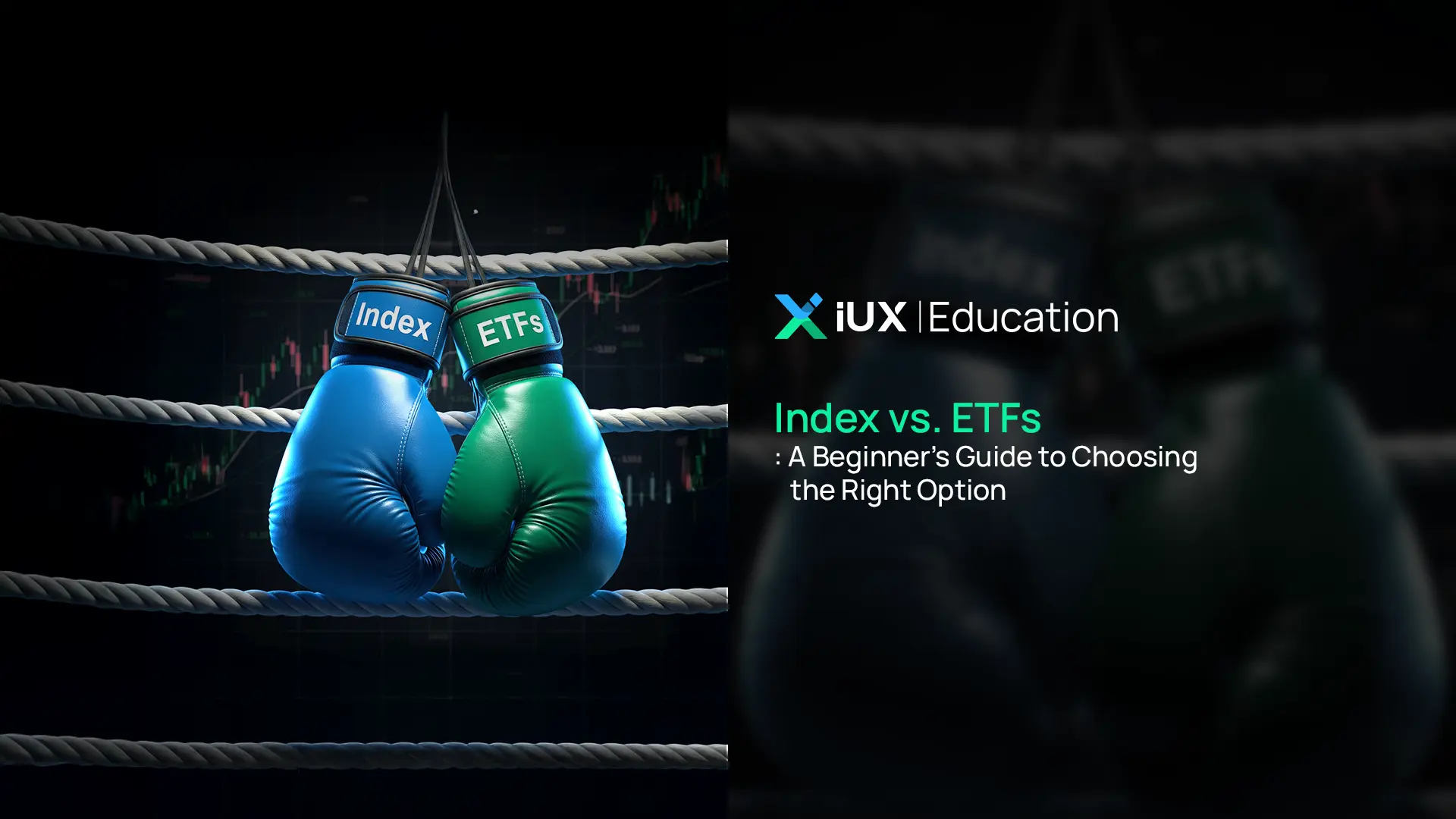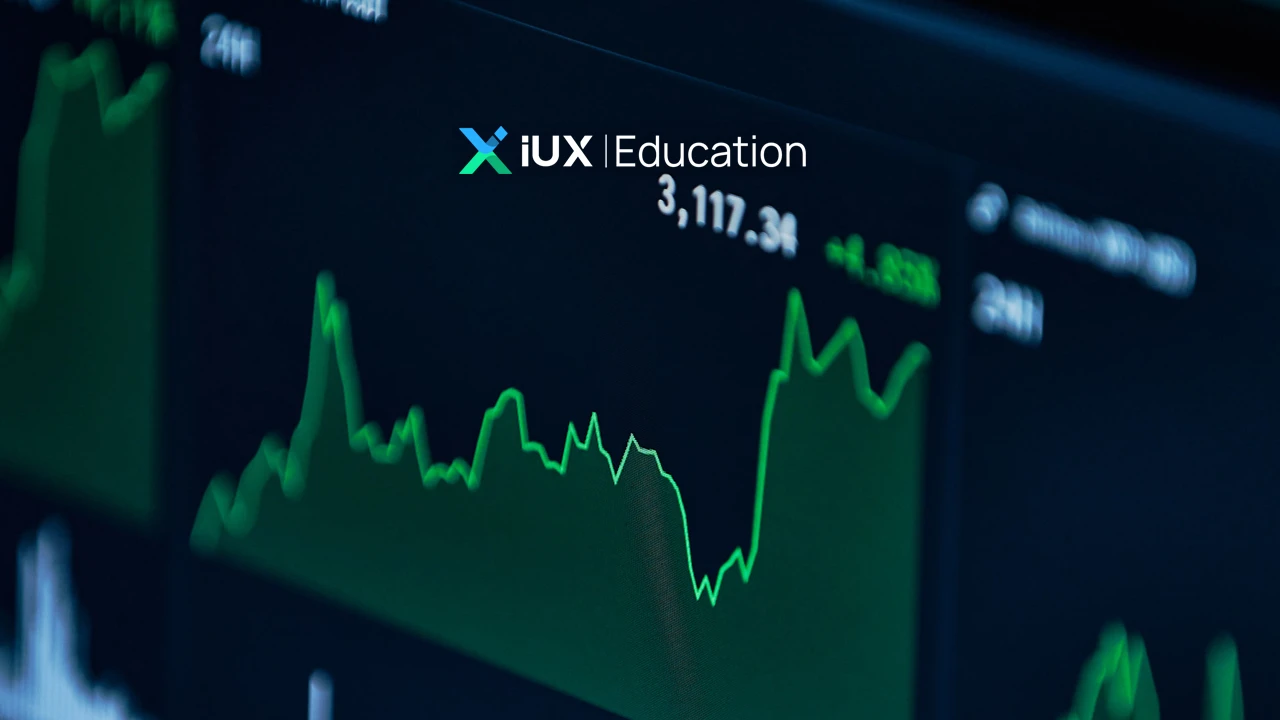CFDs are complex instruments and come with a high risk of losing money rapidly due to leverage. 76% of retail investor accounts lose money when trading CFDs with this provider. You should consider whether you understand how CFDs work and whether you can afford to take the high risk of losing your money.
CFDs are complex instruments and come with a high risk of losing money rapidly due to leverage. 76% of retail investor accounts lose money when trading CFDs with this provider. You should consider whether you understand how CFDs work and whether you can afford to take the high risk of losing your money.

Index vs. ETFs: A Beginner’s Guide to Choosing the Right Option
What Is a Stock Index?
A stock index is a numerical value that reflects the price movement of a specific group of stocks. These groups are selected based on certain criteria, such as market capitalization, industry sector (like technology), or trading volume.
Examples of widely followed indices in global markets include:
-
S&P 500, which tracks over 500 leading companies in the United States
-
NASDAQ-100, which focuses on the technology sector
-
MSCI Emerging Markets, which includes stocks from developing countries
These indices cannot be invested in directly, as they are merely indicators of overall market trends—not tradable assets themselves. If investors want exposure to an index, they can do so through two main instruments: Index Funds and ETFs (Exchange-Traded Funds).
What Are ETFs and Index Funds, and How Are They Different?
-
An ETF (Exchange-Traded Fund) is a fund designed to replicate the performance of a specific index. For example, if you want to invest in the S&P 500, you can simply buy an ETF that tracks that index—without needing to purchase all 500 individual stocks yourself.
Popular ETFs around the world include:
-
SPY – tracks the S&P 500
-
QQQ – tracks the NASDAQ-100
-
VWO – tracks emerging markets indices
ETFs make index investing more accessible by allowing investors to buy and sell shares throughout the trading day, just like regular stocks on an exchange.
-
- An Index Fund is a type of mutual fund that follows a similar concept—it aims to “mirror” the performance of a specific index such as the S&P 500, SET50, NASDAQ-100, or MSCI World. The fund allocates its assets to closely match the composition of the chosen index, so that its returns move in line with the index itself.
Comparing Investments in ETFs and Index Funds
ETFs and Index Funds are built on the same core principle: investing in a broad market index. Both aim to track the performance of a specific index—like the S&P 500 or NASDAQ-100—by passively managing a diversified portfolio that mirrors the index. The goal is not to beat the market, but to follow its movements as closely as possible.
What they have in common is their low-cost, diversified approach. Both ETFs and Index Funds allocate assets in a way that replicates the target index, delivering returns that closely match the index performance. Because they don’t rely on active stock picking or frequent trading, they typically have lower fees compared to actively managed funds, making them ideal for long-term investing.
Where they differ is in how they are traded. ETFs can be bought and sold throughout the day on a stock exchange, just like individual stocks. This allows investors to time their entries and exits as they wish. To invest in ETFs, you need a brokerage account. In contrast, Index Funds are priced just once per day at the fund’s net asset value (NAV) and are usually purchased through fund providers, banks, or investment apps. This makes Index Funds more suitable for those who prefer a hands-off, automatic investing strategy like monthly DCA (dollar-cost averaging).
Another key difference is in fees and minimum investments. ETFs typically come with a brokerage commission (similar to trading stocks), while Index Funds often don’t—but they may charge slightly higher annual management fees (TER). ETFs usually have no minimum investment beyond the cost of a single share, whereas some Index Funds may require a minimum of $500 or $1,000. However, Index Funds often offer easier options for setting up recurring monthly contributions.
Selecting the right vehicle for index investing is a key step toward building a resilient and well-diversified portfolio. IUX provides access to index-based CFD trading, allowing investors to engage with global market trends in a streamlined and efficient manner. Open an account with IUX today to take a more strategic approach to long-term portfolio growth.
Which Is Better for Investors: Index Funds or ETFs?
For beginner investors who are deciding between trading indices or investing in ETFs, the best starting point is to consider your personal investment goals. Both ETFs and Index Funds are solid options for tracking market indices, and choosing between them depends on your investing style and level of convenience you're looking for.
If you value flexibility and want the ability to buy and sell throughout the trading day, ETFs are the better fit. They trade like stocks and can be accessed through a regular brokerage account, making them ideal for those who want more control over their entry and exit points. For example, if you believe in the long-term growth of the U.S. economy, ETFs like VOO or SPY, which track the S&P 500, are popular choices. If you’re interested in the tech sector, QQQ—which follows the NASDAQ-100—is also a strong candidate. And for those looking to diversify into emerging markets, VWO or EEM provide exposure to developing economies.
On the other hand, if you prefer a simpler, more hands-off approach without worrying about timing the market, Index Funds are often the better route. They can be purchased easily through banking apps or directly from fund providers and are well-suited for long-term, recurring investments like monthly dollar-cost averaging (DCA), without needing a brokerage account.
Index Funds also come with comparable fees to ETFs and deliver nearly identical long-term performance. Whether you're investing in funds that track the SET50, S&P 500, or MSCI World, Index Funds offer effective diversification and exposure to broad market trends. Ultimately, both ETFs and Index Funds are powerful tools for building a stable, long-term portfolio—the right choice depends on what fits best with your lifestyle, preferences, and investment goals.
Note: This article is intended for preliminary educational purposes only and is not intended to provide investment guidance. Investors should conduct further research before making investment decisions.


